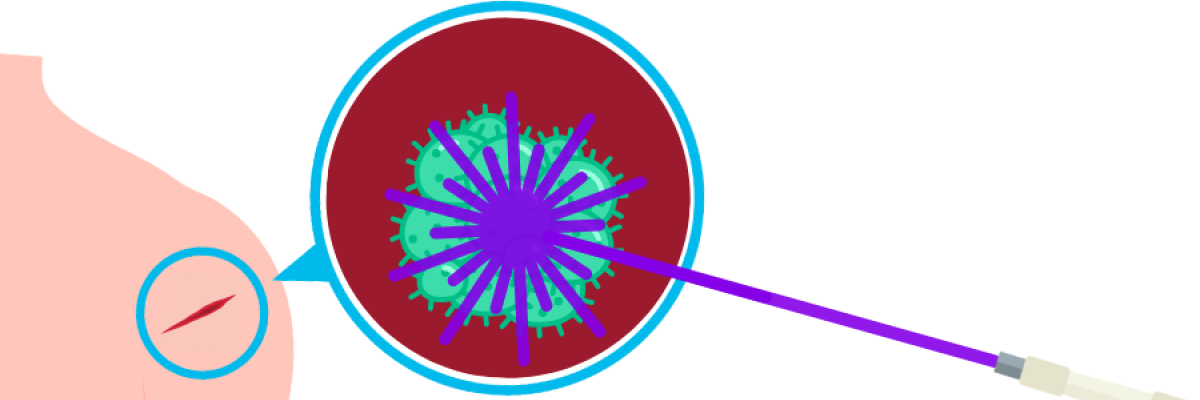Laser-Medical Device
Exploring Far-UVC light, Dr Richter's team is developing a laser-medical device to disinfect wounds, killing superbugs without harming human cells.
Operating in the 200-222 nm wavelength range, Far-UVC light is absorbed by microbial DNA but does not penetrate human skin or eyes. At the cellular level, this means that Far-UVC cannot reach the nucleus of human cells and thus is not toxic. However, it can penetrate microbes, as they are 10 times smaller than human cells, and destroy their DNA, killing the pathogen.
Far-UVC is safe in cell culture, effective against resistant pathogens on the World Health Organisation's global priority list and environmentally friendly, leaving no chemical residues. It offers a safe and effective way to control microbes without antibiotics, preventing the development of antibiotic-resistant bacteria.

In collaboration with photonics and laser experts from the University of Adelaide, Dr Roman Kostecki, Professor Heike Ebendorff-Heidepriem, and Professor Nigel Spooner, The Richter lab team identified specific parameters for the Laser device, ensuring the device could eliminate superbugs in just one second without causing harm to human skin cells.
The cutting-edge technology is now progressing to prototype development. The pre-clinical validation and proof-of-concept of the laser device for safety and efficacy will provide valuable therapeutic insights for first-in-human trials.
The use of the first Far-UVC laser device for surgical procedures will mark a paradigm-changing innovation, poised to elevate the standards of surgeries, sutures, and wound care.
Team: Harriet Cooling (PhD student).
In collaboration with Dr Roman Kostecki, Prof Heike Ebendorff-Heidepriem, Prof Nigel Spooner (Uni of Adelaide) and Clinician Dr Markus Trochsler (Uni of Adelaide, Queen Elizabeth Hospital).
